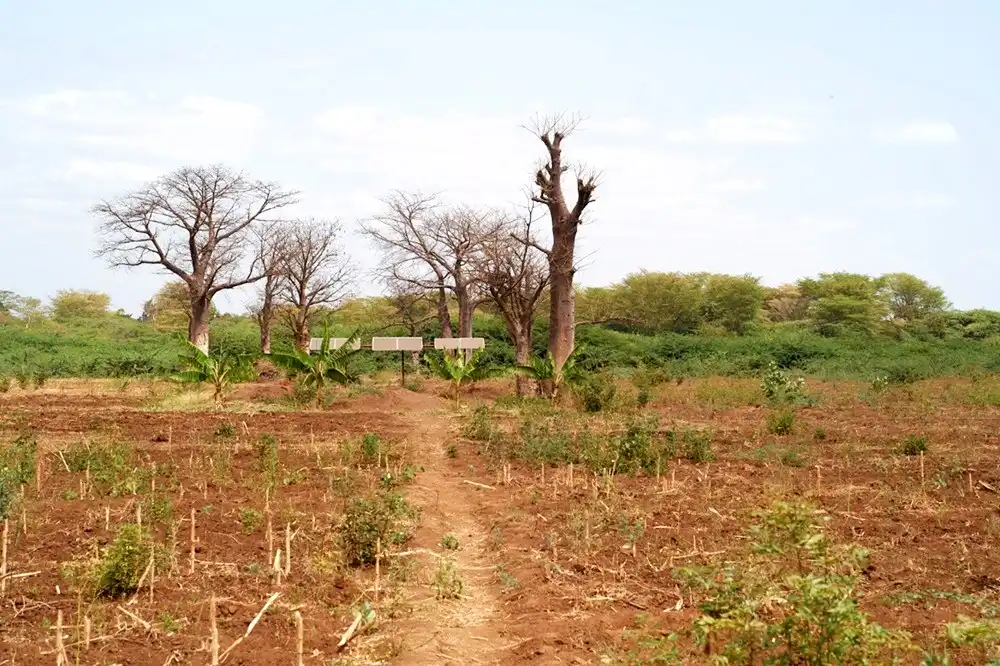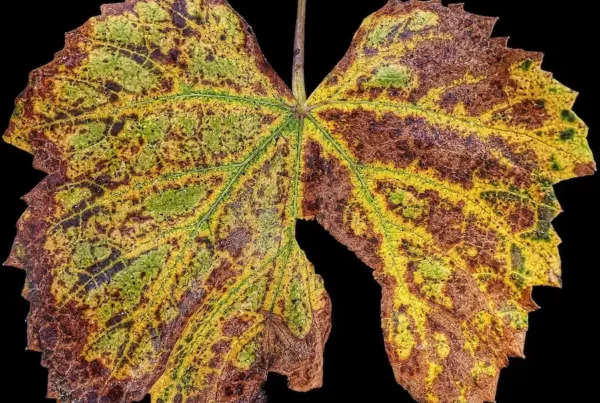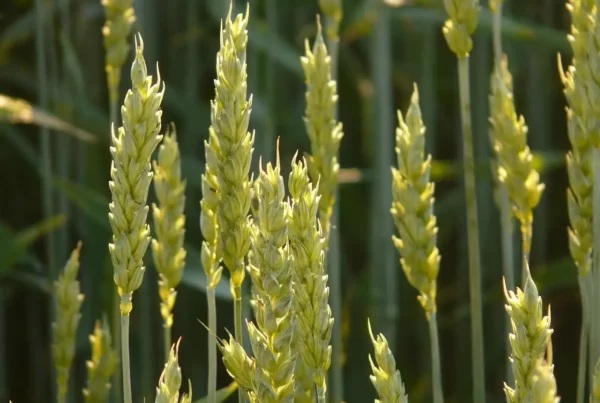The adoption of a sustainable land management practice (SLM) to manage invasive Prosopis juliflora – considered one of the world’s most threatening non-native tree species – appears to have ‘uprooted’ the problem in East Africa.
A new CABI-led study involving colleagues from Sokoine University of Agriculture, Tanzania, the Tanzania Forestry Research Institute, and the University of Nairobi, Kenya, found uprooting and use of the cleared land for continuous crop and fodder production in two invaded regions of Kenya and Tanzania to be successful.
The research, published in the journal CABI Agriculture and Bioscience, assessed the reasons why people – as part of the CABI-led Woody Weeds Project – in Baringo, Kenya, and Kahe, Tanzania, adopted the SLM practice, or not, as well as if there was an effect of the project on the adoption.
The novelty of this study was that the scientists found that the SLM practice was adopted by people in the two regions who were not directly involved in the project activities.
75% of households implemented the SLM practice
The scientists found that about 75% of the 154 interviewed households in Baringo and 148 interviewed households in Kahe implemented the SLM practice while 76 did not and 10 no longer implemented the practice to control the spiny shrub or tree known as Prosopis juliflora.
They also discovered that the likelihood of people adopting was higher for male than female respondents and was positively related to farm size.
Read the paper: CABI Agriculture and Bioscience
Article source: CABI
Image: Prosopis-free farms used for continuous cultivation on land where Prosopis was uprooted in Kahe, Tanzania. Credit: René Eschen.






